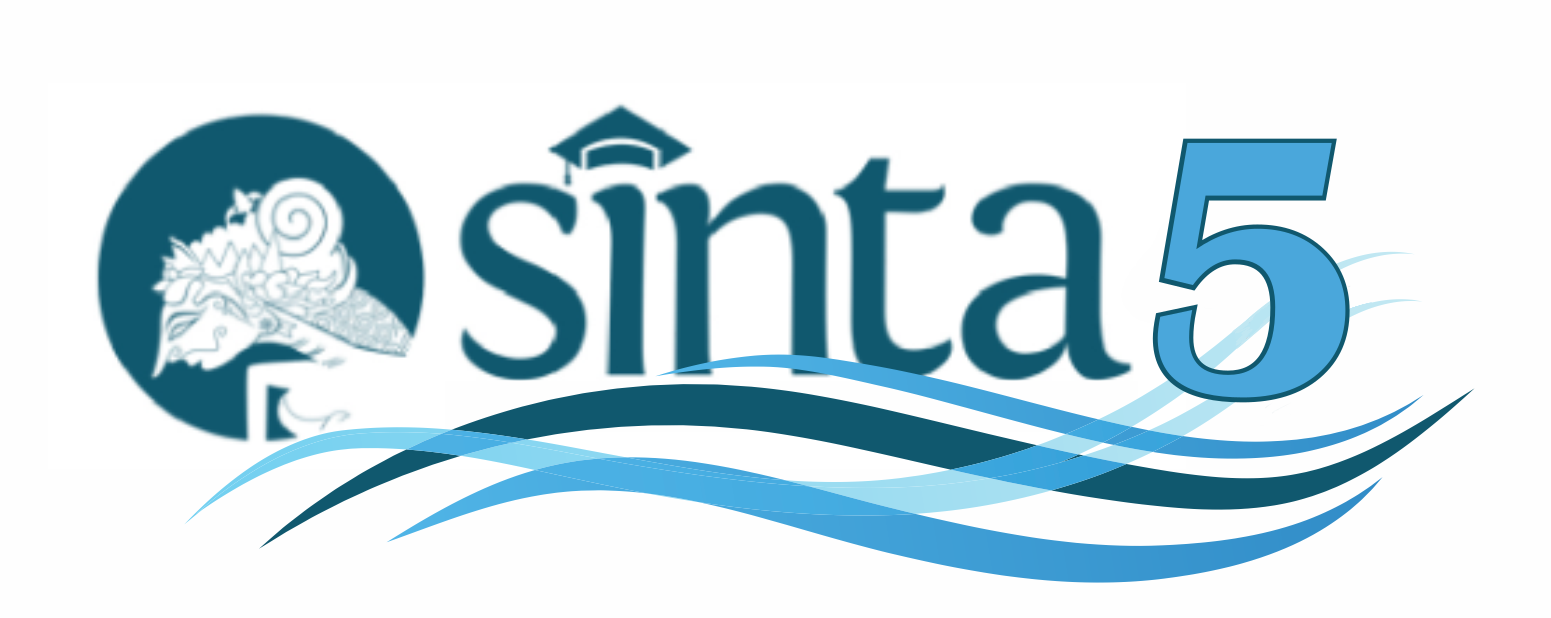Efektivitas Pemanfaatan Rumpon Sebagai Alat Bantu Penangkapan Ikan pada Nelayan Lokal di Kelurahan Hamadi Kota Jayapura
DOI:
https://doi.org/10.31957/acr.v5i2.2619Abstract
Rumpon (Fishing Aggregating Devices/FADs) are fishing aids to lure fish to gather in an area. The use of FADs by Hamadi fishermen in Jayapura City is carried out by individual local fishermen with hand line fishing gear. This study aims to: 1) Know the composition of the catch (type and number of fish) on FADs, 2) Compare the effectiveness of FADs and fishing gear. This study used Qualitative and Quantitative Methods, data collection techniques consisted of a) Observation, b) Interview and c) Documentation study, analysis and to determine the composition of the catch, the effectiveness of FADs and the effectiveness of fishing gear. The results showed that the composition of the catch on FADs consisted of 19 species with 1,037 individuals per species, the highest species composition was found in Selar boops, which was 17.65% (183 individuals) and the lowest was found in Lutjanus Buccanella, namely 1.25% (13 individuals). . The highest effectiveness of assisted FADs was on Basic FADs, namely 60.46% (627 individuals) and the lowest on surface FADs, namely 39.54% (410 individuals), while the highest effectiveness of fishing gear used artificial bait, namely 53.81% (558 individuals) and the lowest was on natural baits namely 46.19% (479 tails). The conclusion is that the dominating fish species are Selar boops, bottom FADs are more effective than surface FADs, while the more effective fishing gear is using artificial baits.
Downloads
References
Ahmad S, G. Puspito, M. Fedi A. Sondita, R. Yusfiandayani. 2013. Penguatan Cahaya pada Bagan Menggunakan Reflektor Kerucut Sebagai Upaya Meningkatkan Hasil Tangkapan Cumi-Cumi. Jurnal Marine Fisheries. Vol. 4, No. 2. ISSN 2087-4235. Hal: 163-173.
Amir. 2016. Pemanfaatan Teknologi Alat Bantu Rumpon Untuk Penangkapan Ikan di Perairan Kabupaten Jeneponto. Jurnal Ipteks: Vol 3;ISSN: 2355-729X.
Domu S, B. Jeujanan, E.S. Wiyono. 2011. Efektivitas Pemanfaatan Rumpon Pada Operasi Penangkapan Ikan Di Perairan Kei Kecil, Maluku Tenggara. Vol 2. ISSN 2087-4235.
Fridman AL. 1988. Perhitungan dalam Merancang Alat Penangkapan Ikan. Balai Penelitian Perikanan Laut, Penerjemah; Semarang. Terjemahan dari: Calculation in Design Fishing Gears. 304 hal.
Gooding R M and Magnuson J J. 1967. Ecological Significance of A Drifting Object to Pelagic Fishes. Pasific Science. 21: 486-497.
Haluan, J. Dan T. J. Nurani. 1993. Penerapan Metode Skoring dalam Pemilihan Teknologi Penangkapan Ikan yang Sesuai untuk dikembangkan di Suatu Wilayah Perairan. Fakultas Perikanan. IPB. Bogor 118 hal.
Hartoko, A., & Helmi, M. (2000). Development of Digital Multilayer Ecological Model for Padang Coastal Water (West Sumatera). Journal of Coastal Development, 7(3), 129-136
Mathews C P, Monintja D R, and Naamin N. 1996. Studies of Indonesian Tuna Fisheries: Part 2. Change in Yellovfin abundance in the Gulf of Tomini and North Sulawesi. In: Shomura, R.S., J.
Majkowski and R.F. Herman (Eds.). scientific Papers from the Second FAO Expert Consultation on Interactions of Pasific Tuna Fisheries, 23-31 January 1995, Shimizu, Japan. P.298-305.
Monintja dan Zulkarnain. 1995. Analisis dampak pengoperasian rumpon tipe Philiphina di perairan teritorial selatan Jawa dan utara Sulawesi. Laporan Penelitian. Fakultas Perikanan, Institut Pertanian Bogor, Bogor.
Monintja, D.R., M.F.A. Sondita, J. Widodo, R. Yusfiandayani, W. Mawardi, & E. S. Girsang. 2002. Pengkajian terhadap pemanfaatan rumpon untuk penangkapan ikan pelagis: Antisipasi terhadap implementasi Code of Conduct for responsible fisheries. Laporan Riset Unggulan Terpadu VIII. Lembaga Ilmu Pengetahuan Indonesia. 158 hal
Mukmimin, A., T. 2006. Laporan Monitoring. Kajian Pola Pemanfaatan Perikanan di Karimunjawa (2003-2004). Wildlife Conservation Society – Marine Program Indonesia, Bogor. Hal 35pp
Murniati, A.S., 2004 100 Ikan Laut Ekonomis penting di Indonesia, : Jakarta. Pusdiklat Perikanan Depertemen Kelautan dan Perikanan. 186 hal.
Nadia L.O.A.R., A. Amadhan Takwir dan A.M. Balubi. 201 6, Pengelolaan Rumpon Terpadu Berbasis Pokjamas Untuk Meningkatkan Stok Ikan dan Penguatan Umkm Nelayan. Jurnal Sains Pro. Seminar Nasional dan Gelar Produk, 17-18.
Pauly and. P. Martosubroto 1996. Basaline Studies of Biodiversity. The Fish Resources of watern Indonesia Edited By 23-390 p.
Jeujanan D.,B. dan E.S. Wiyono, 2011. Efektivitas Pemanfaatan Rumpon pada Operasi Penangkapan Ikan di Perairan Kei Kecil, Maluku Tenggara. Jurnal Marine Fisheries. Vol. 2, No. 1. ISSN: 2087-4235.
Simbolon D,B. Jeujanan dan E. Wiyono1. 2013. Efektivitas Pemanfaatan Rumpon dalam Operasi Penangkapan Ikan Di Perairan Maluku Tenggara. Jurnal “Amanisal†PSP FPIK Unpatti-Ambon. Vol. 2: ISSN.2085-5109.
Surat Keputusan Menteri Pertanian. 1997. No. 5I/Kpts/IK.250/l/97 tentang Pemasangan dan Pemanfaatan Rumpon, Jakarta. 13 hal.
Subani W. 1986. Telaah Penggunaan Rumpon dan Payaos dalam Perikanan Indonesia. Jurnal Penelitian Perikanan Laut. BPPL. Jakarta, 35: 35-45.
Wudianto, Agustinus Anung Widodo, Fayakun Satria, Mahiswara Mahiswara, 2019. Kajian Pengelolaan Rumpon Laut Dalam Sebagai Alat Bantu Penangkapan Tuna Di Perairan Indonesia. Vol 11. ISSN:2502-6550.
Zuraidah Syarifah dan Jaliadi 2018. Komposisi Hasil Tangkapan Dan Tingkat Kelayakan Usaha Rumpon Portable Dan Rumpon Tradisional Menggunakan Pancing Ulur Di Perairan Aceh Barat. Jurnal Perikanan Tropis. Vol 5. No 1. ISSN: 2355-5564, E-ISSN: 2355-5572.
Zulkarnain. 2002. Studi Tentang Penggunaan Rumpon Pada Bagan Apung, di Teluk Pelabuhan Ratu Jawa Barat. Thesis (Tidak dipublikasikan). Program Pasca Sarjana. Institut Pertanian Bogor. Bogor. 121 hal.
Downloads
Published
Issue
Section
License
Authors who publish with this journal agree to the following terms:
- Authors retain copyright and grant the journal right of first publication with the work simultaneously
licensed under a Creative Commons Attribution-NonCommercial-ShareAlike 4.0 International License
that allows others to share the work with an acknowledgement of the work's authorship and initial
publication in this journal. - Authors are able to enter into separate, additional contractual arrangements for the non-exclusive
distribution of the journal's published version of the work (e.g., post it to an institutional repository
or publish it in a book), with an acknowledgement of its initial publication in this journal. - Authors are permitted and encouraged to post their work online (e.g., in institutional repositories or
on their website) prior to and during the submission process, as it can lead to productive exchanges,
as well as earlier and greater citation of published work (See The Effect of Open Access).




















